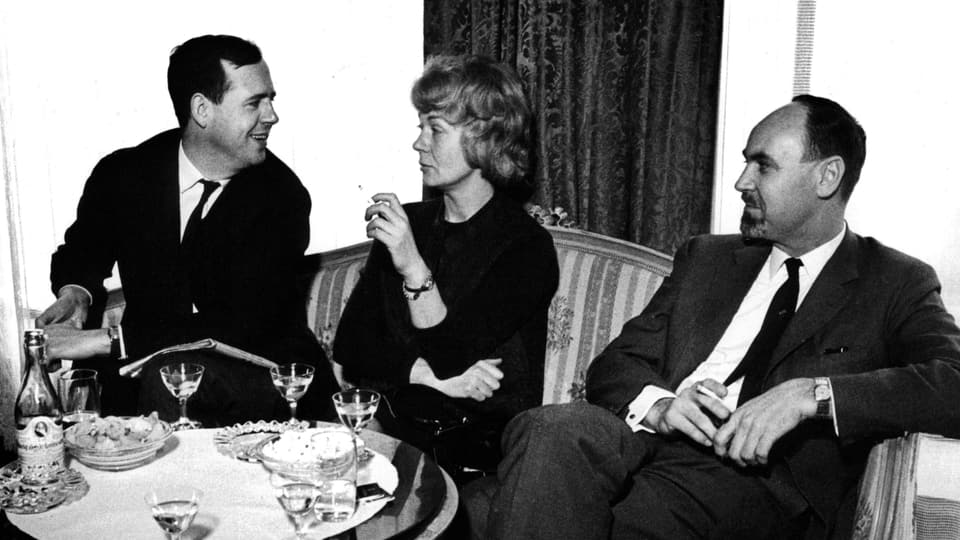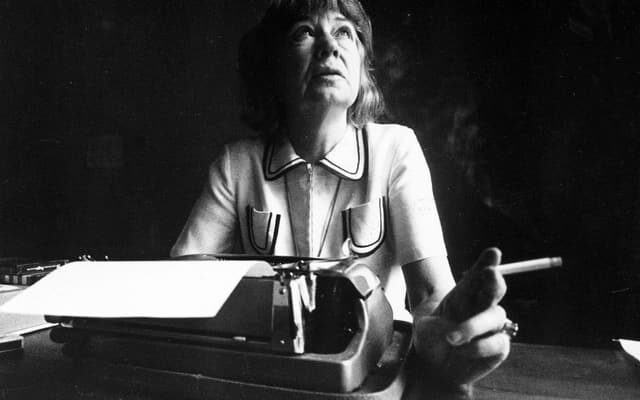Contents
In the 1970s, Tove Ditlevsen broke a taboo with a lullaby about an abortion. Her story is not only brave, but poetic, funny and highly topical. A declaration of love to a radical author.
Charlottenlund, Copenhagen: A young woman sits on the tram – on the way to an abortion. Only: It’s the 1950s. Abortion is banned in Denmark.
Writing about it also requires great courage. Because the ban still applies at the time of publication of Tove Ditlevsen’s verses. The Danish author does it anyway. And not in a literary way, but from the first person perspective, in her autobiography.
Life-threatening ban
That is the background of this story. It’s called: “I’ll hum a lullaby for you.” Although Ditlevsen wrote it over 50 years ago, it still affects young women today.
The narrator doesn’t know what to expect. The books explaining abortion had yet to be written. Books that contain abortions, too. Ditlevsen has contributed her part to this. Because there was always an abortion. Whether in Denmark or Switzerland. But the conditions are life-threatening under a ban. Ditlevsen confronts us with this – and it hurts.
Ambivalent feelings
“Perhaps many women have already experienced what I am experiencing now, but people don’t talk about it,” states the protagonist. Your feelings are ambivalent. She is relieved, even happy. And yet she mourns. To this day, there are societal ideas about which reactions to an abortion are appropriate and which are not. Abortions do not have to be traumatic.

Legend:
Right in the middle of the literary circle, but far from established: Tove Ditlevsen has only been required reading in Denmark since her texts were rediscovered in the 2010s.
Imago Images/TT
How many people in our community do we know have had abortions? Even today there is little talk about it. Feelings of shame and guilt still exist today. Even today, women who have abortions are confronted with accusations.
Responsibility of the woman
After the abortion, the husband says to the protagonist: “We have to be more careful in the future.” Even if he means “we”, the question of contraception usually depends on the woman. She bears the consequences of pregnancy alone. In the literal sense: it is her body that carries the unborn child.
Surprising: Instead of becoming bitter because of this injustice, Ditlevsen empathizes with the helplessness of the men. She notices how lost the husbands seem “in this woman’s world of blood and nausea and fever.”
Tragic comedy and radical honesty
Despite all the severity, you always have to laugh. For example, when Ditlevsen describes the “angel maker,” as abortion doctors used to be called, as “half a century old, small and wooden.” With the corners of his mouth hanging so far down, “as if he had never smiled before.” Her humor is dry and avoids sugarcoating. Ditlevsen writes directly and without detours. This makes her brave and vulnerable at the same time. An irresistible combination.
The end leaves you feeling a big, warm emptiness. In a final paragraph, Ditlevsen brings together the young woman’s contradictory feelings – poetically condensed. Your protagonist gets up in the middle of the night and gets a pen and paper. And then follows a poem for the aborted unborn child: the lullaby. Then your breath catches.
